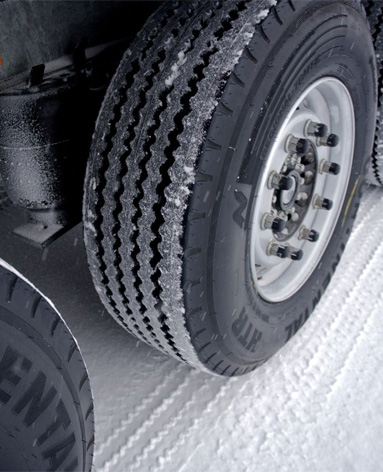Nov . 29, 2024 10:40 Back to list
Understanding the Effects of Warped Brake Drums on Vehicle Performance and Safety
Understanding Warped Brake Drums Causes, Effects, and Solutions
Brake systems are critical for the safe operation of any vehicle, and one of their vital components is the brake drum. When functioning correctly, brake drums provide the necessary friction to slow down or stop a vehicle. However, issues can arise, one of the most common being a warped brake drum. This article will explore the causes of warped brake drums, their effects on vehicle performance, and potential solutions to rectify the issue.
What is a Warped Brake Drum?
A brake drum is a cylindrical component that houses the brake shoes in a drum brake system. When the brake pedal is pressed, the brake shoes expand against the inner surface of the drum, creating friction that slows the vehicle. However, over time and with constant use, brake drums can become warped. Warping typically refers to the distortion of the drum's surface, leading to an uneven braking surface.
Causes of Warped Brake Drums
Several factors can contribute to the warping of brake drums
1. Excessive Heat One of the primary causes of warped brake drums is excessive heat. When brakes are applied, friction generates heat. If the brakes are used frequently in quick succession—such as in downhill driving or during heavy braking—the heat may exceed what the drum can withstand, causing it to expand and eventually warp.
2. Material Fatigue Brake drums are made from cast iron or other durable materials. However, over time and with continuous use, these materials can suffer from fatigue. This fatigue can lead to irregularities in the drum's surface, making it susceptible to warping.
3. Improper Installation If brake drums are not installed correctly, it could lead to uneven pressure distribution when the brakes are applied. This uneven pressure can cause one part of the drum to heat up more than others, leading to warping.
4. Wear and Tear With regular use, brake drums naturally wear down. If the wear is not uniform, it can result in a warped surface. Regular maintenance helps to detect these irregularities before they lead to more serious issues.
Effects of Warped Brake Drums
warped brake drum

A warped brake drum can significantly impact a vehicle’s performance. The most immediate effect is reduced braking efficiency. When a drum is warped, the brake shoes may not make consistent contact with the surface, leading to vibrations and pulsations when the brakes are applied. This not only makes the driving experience unpleasant but can also increase stopping distances, posing a safety risk.
Additionally, continued driving with warped brake drums can lead to further damage. The vibrations can cause stress on other components of the braking system, including brake shoes and wheel cylinders, potentially resulting in more costly repairs down the line.
Solutions to Address Warped Brake Drums
If you suspect that your vehicle’s brake drums are warped, it is crucial to address the issue promptly. Here are steps to consider
1. Inspection The first step is to have your brakes inspected by a qualified mechanic. They can determine if the drums are warped and to what extent.
2. Turning the Drums In some cases, a technician may be able to turn the drums, which involves machining the surface to restore its shape. This can be an effective solution if the warping is minimal.
3. Replacement If the warping is severe or the drums are excessively worn, replacement may be necessary. New drums can restore optimal braking performance and ensure the safety of your vehicle.
4. Regular Maintenance Preventive care is vital in avoiding warping issues. Regular inspections and maintenance can help identify problems early and ensure that your brake system is functioning correctly.
Conclusion
Warped brake drums are a common issue that can affect vehicle safety and performance. Understanding the causes and effects of this problem can help vehicle owners take proactive measures to ensure their braking systems remain in optimal condition. Regular maintenance, prompt inspection, and timely repairs are essential components of keeping your vehicle safe on the road.
-
Scania Brake Drums: OEM Quality for Optimal Safety & Durability
NewsAug.16,2025
-
R.V.I: Advanced Remote Visual Inspection for Precision
NewsAug.15,2025
-
Discover HYUNDA: Innovative Vehicles, Equipment & Solutions
NewsAug.14,2025
-
R.V.I: Unlock Advanced Insights & Real-time Performance
NewsAug.13,2025
-
Kamaz Brake Drum: Durable & Reliable for Heavy Duty Trucks
NewsAug.12,2025
-
Heavy Duty Iveco Brake Drum - Premium Quality & Safety
NewsAug.11,2025
